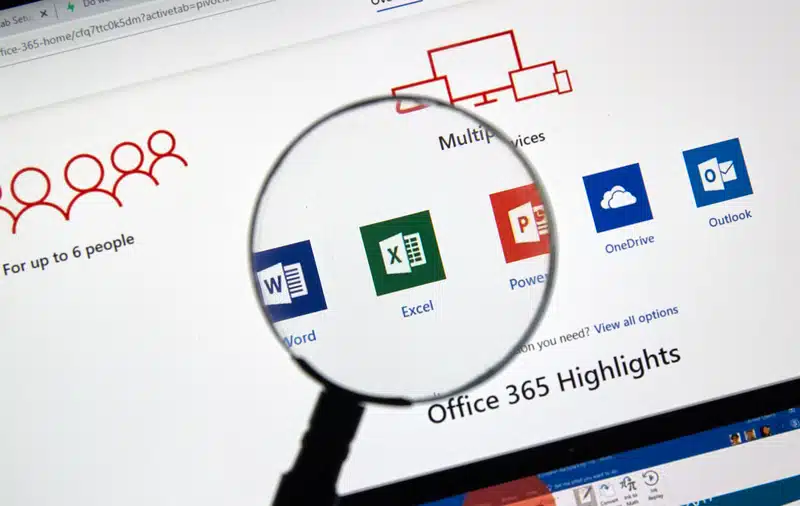Microsoft Office offers a suite of programs like Word and Excel, which are widely used for personal and professional tasks. While these programs enhance efficiency, they also present potential security risks due to their widespread use and familiar interface, making them attractive targets for cyber threats. Office documents are trusted tools for notetaking, resumes, essays, and business reports.
Cybercriminals exploit their common presence in professional and personal communication to deliver phishing and malware attacks. This includes the use of malicious documents via email or sharing links in cloud storage, as well as the use of QR codes to deliver threats. Threats like DarkGate, known for cryptocurrency mining, credential theft, and ransomware, target Office documents.
Additionally, malicious macros written in Visual Basic for Applications (VBA) are embedded in documents and execute automatically upon opening, often without the user’s consent. Vulnerabilities such as Microsoft Office Memory Corruption Vulnerability and Microsoft Office/WordPad Remote Code Execution Vulnerability are also exploited to deliver complex malware distribution tools. The widespread use of these threats highlights the need for organizations to understand the common distribution vectors and proactively protect their systems.
It is crucial for businesses to educate their employees about these threats and empower them to recognize and report potential phishing attempts. By instilling a culture of vigilance and awareness, organizations can better protect themselves against the looming threats in Microsoft Office documents.
